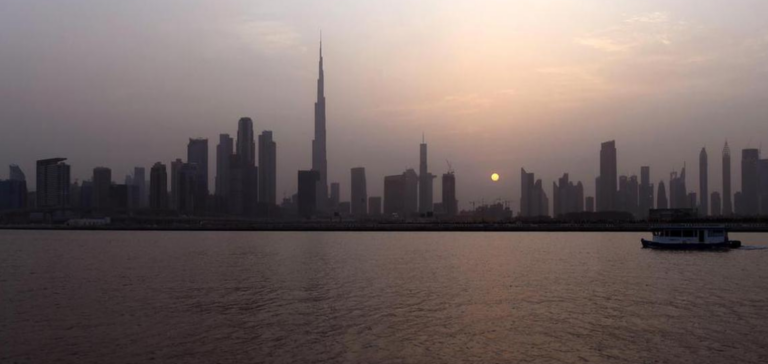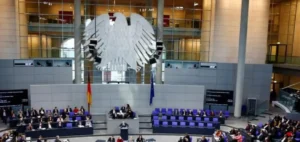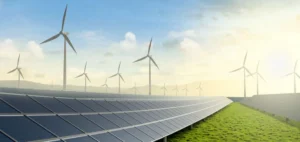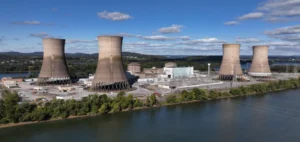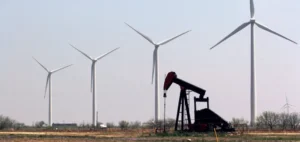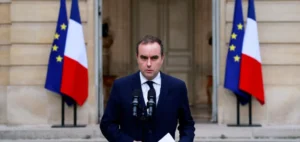In a growing drive to combat climate change, a Middle Eastern state recently announced a bold plan to achieve carbon neutrality by 2050. Industry, identified as the main polluter among six key sectors, is at the heart of this strategy. In 2019, emissions from this sector amounted to 103 million tonnes of CO2 equivalent (mtCO2e). The goal is to reduce these emissions to just 7 million mt by 2050.
Transformation of the Building Sector
The building sector, second in terms of emissions, is not to be outdone. From 62 mtCO2e in 2019, emissions should be reduced to 1 mtCO2e by 2050. Similarly, the transport sector will see its emissions fall to zero, from 42 mtCO2e in 2019.
Innovations in the Transport Sector
These changes reflect a significant transition towards more sustainable practices and greater environmental awareness. However, to reduce emissions in the transport sector, the strategy focuses on promoting clean modes of transport, including electric vehicles.
In the waste management sector, emissions are expected to fall from 13 mtCO2e in 2019 to 3 mtCO2e in 2050.
Advances in Agriculture and Energy
The agricultural sector will also see a drop, with emissions forecast to be 1 mtCO2e in 2050, compared with 6 mtCO2e previously. The energy and water sector, meanwhile, is aiming for zero emissions, starting from a benchmark of 0.55 million mt per MWh.
Nature-based Solutions and Carbon Capture Technologies
In addition to these sectoral reductions, the State is committed to nature-based solutions. The goal of planting 100 million mangroves by 2030 is a striking example. These efforts will be complemented by the adoption of direct air capture technologies, among other initiatives.
In the run-up to the United Nations Climate Change Conference (COP28), to be held in one of its emirates, the State is reinforcing its environmental credentials. More than 25 programs covering six sectors are planned to achieve carbon neutrality by 2050.
This initiative by the United Arab Emirates marks a crucial step in the global fight against climate change. By significantly reducing emissions in key sectors and investing in nature-based solutions, the state is leading the way towards a more sustainable future. As COP28 approaches, these efforts not only strengthen their position on the world stage in terms of environmental policies, but also pave the way for new collaborations and innovations in the fight against climate change.


